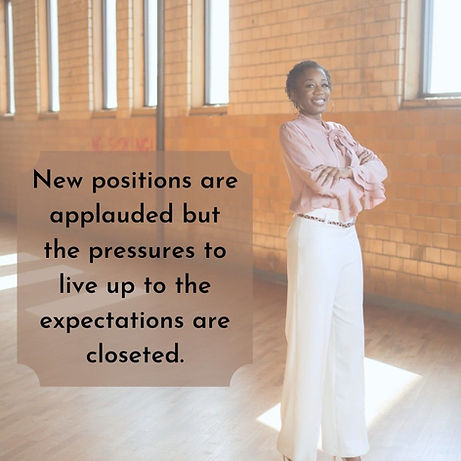-
Discover a five-step strategy to help athletes transition out of sports
-
Take a look into the special sections designated just for parents and coaches
-
Get a jump start to understanding the person behind the athlete

Zedralyn Butler
Several years after retiring from Division I women's basketball, there was still something about sports that still had a hold on me. I realized that I struggled with transitioning out of sports but still managed. One day I randomly thought about why I played in the first place and began speaking to other athletes. I discovered our stories were different but similar, despite the sport, gender, or playing level. Then, I decided to focus on all of the things that would be considered a stressor while trying to function as an athlete.
Swimming
"I just remember it being so peaceful when I was in the water."
Boys Basketball
"I only joined the team because it would guarantee me a pair of shoes."
Professional Soccer
"I just wanted to be rich."
Women's Basketball
"I played because verbal abuse was so bad in my household. I had to get to college to get out of that and basketball was my way out."
WHY DID YOU PLAY SPORTS?

WHAT TOPICS ARE INCLUDED?
1
ATHLETIC IDENTITY
We all know that athletic identity plays a big factor in talent identity. You know, when the athlete questions their talent. Although, this chapter speaks to the athlete, there are also sections that speak to the parents who lose their identity in supporting their child, and the coach who may or may not know if they will be looking for another coaching gig because the season did not turn out how they hoped.
2
AFRICAN-AMERICAN ATHLETES
The largest chapter of the book digs into what it's like being an African-American athlete. Although this varies depending on the socioeconomic status of the athlete, the two sport programs that provide a lot of financial security to the NCAA is football and basketball, which is also composed of a large number of African American athletes. This chapter also includes athletes who attend PWI vs. HBCU and vice versa. What's critical in this piece is how coaches affect these athletes.
3
AFTER THE FINAL BUZZER
One of the most important factors is how the athlete transitions out of sports. There are athletes who have their life figured out, or they think they do, and they are athletes who are out in the world, lost. There are athletes who suffer from depression because most have spent majority of their life functioning as an athlete. This chapter delivers a five-step method to help the athlete revitalize their resilience to help transition.







